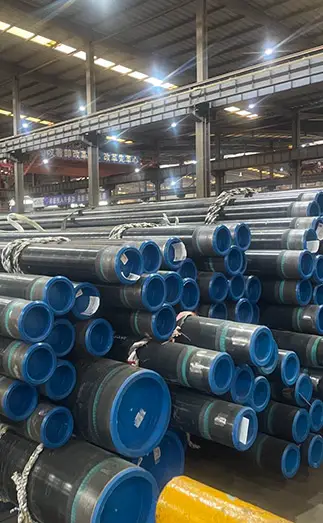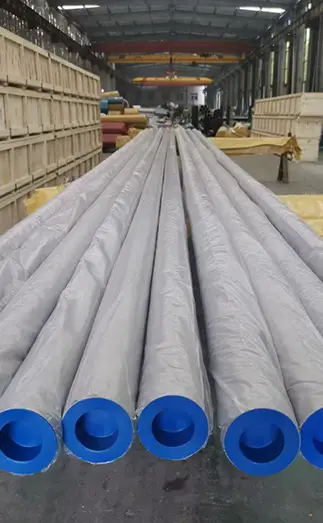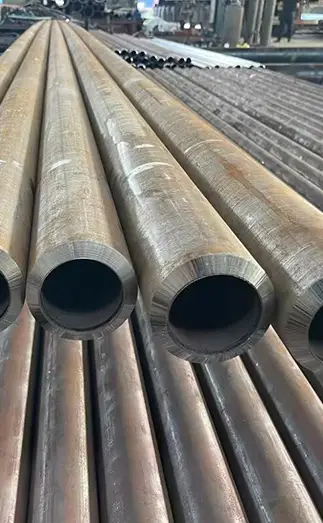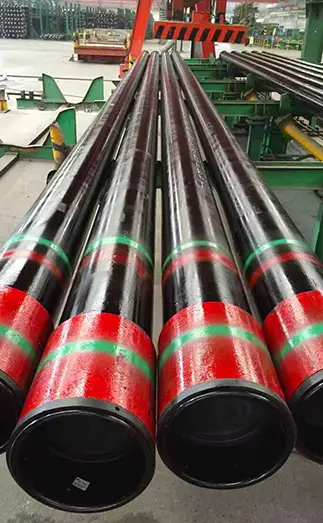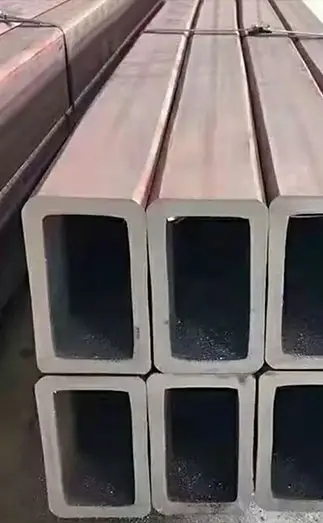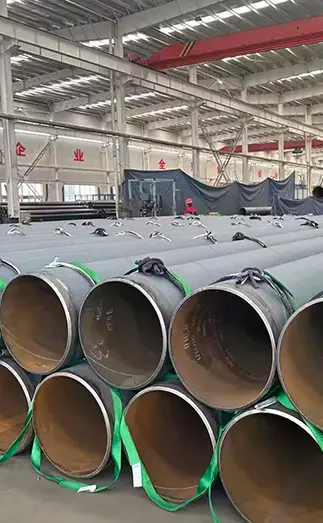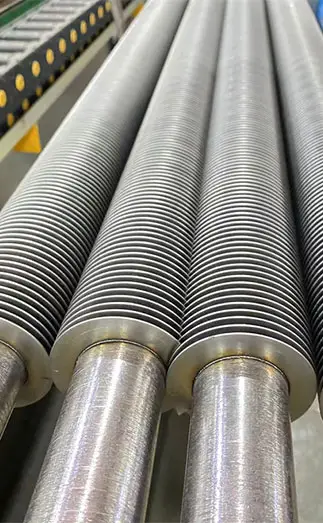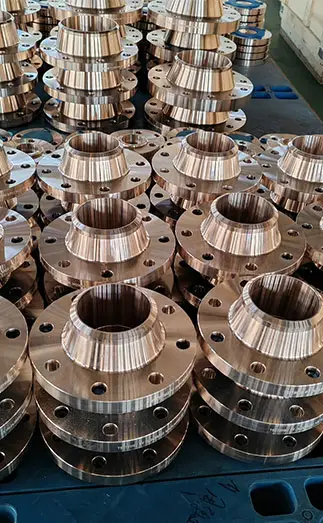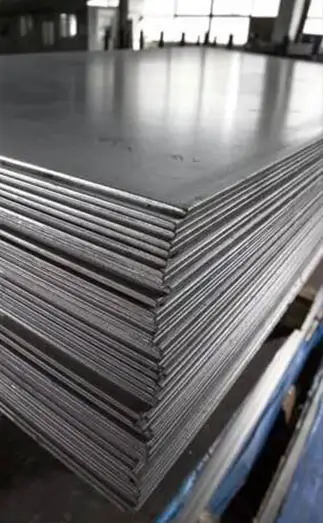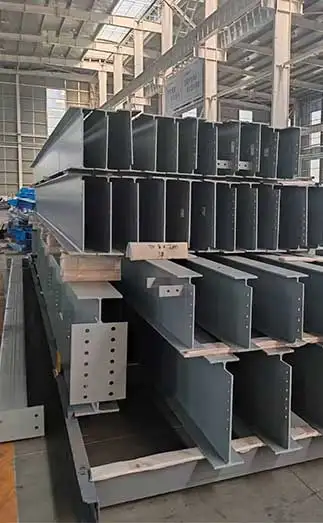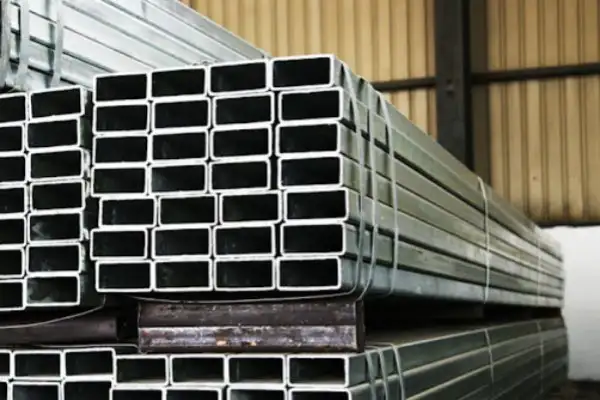Large-diameter spiral welded steel pipes have become increasingly prevalent in various industries due to their distinct characteristics, including a large diameter, high strength, and adaptability for long-distance and high-pressure medium transportation. Below is an in-depth look at their production process, material selection, and key features.
1. Advanced Spiral Welding Technology
The production of large-diameter spiral welded steel pipes employs spiral welding technology, which enables efficient, continuous, and automated pipe manufacturing.
Production Process:
Steel Strip Rolling: Hot-rolled or cold-rolled steel strips are shaped into a tubular form.
Edge Pre-Bending: The edges of the steel strips are pre-bent to ensure tight seam alignment.
Edge Pressing: The pre-bent edges are pressed together to form a circular weld.
Multi-Pass Welding: The pipe undergoes multiple weld passes to ensure a solid and durable seam, resulting in a complete spiral welded pipe.
Advantages:
High Efficiency: Spiral welding allows for rapid production to meet market demands.
Enhanced Quality: The process yields steel pipes with superior strength, wear resistance, and pressure tolerance.
Versatile Production: It accommodates various materials and specifications, making it suitable for diverse applications.
2. Material Selection and Importance
The choice of materials for large-diameter spiral welded steel pipes is critical to their performance and durability. Common materials include:
Low Alloy Steels:
Q235B and Q345B: Popular for their excellent strength, ductility, and cost-effectiveness.
High-Strength Steels:
L245, L290, L360, X42-X80: Primarily used in oil and gas transmission pipelines, these materials exhibit exceptional wear resistance, corrosion resistance, and pressure tolerance.
Key Considerations:
Selection depends on the application environment and customer requirements.
Stringent quality control ensures the material properties meet industry standards and operational demands.
3. Distinctive Product Features
Large Diameter:
Typical diameters start at 219mm and can exceed 3000mm, making these pipes ideal for industries like oil and gas, water resources, and chemical transportation.
High Strength:
The robust materials and welding techniques allow the pipes to withstand high pressure and significant bending forces. Their strength and stiffness are superior to many other steel pipes, making them suitable for complex geological conditions.
Wear and Corrosion Resistance:
Advanced treatment processes enhance the wear resistance and corrosion resistance of the pipes. This ensures a long service life, even when transporting abrasive or corrosive media like oil, gas, or industrial chemicals.
Applications and Conclusion
Large-diameter spiral welded steel pipes are indispensable in infrastructure and industrial projects, including oil and gas pipelines, water conveyance systems, and structural support in construction. Their efficient production process, wide material adaptability, and durable performance characteristics make them a preferred choice in demanding environments.
By selecting appropriate materials and leveraging advanced manufacturing technologies, these steel pipes provide reliable solutions for modern transportation and structural challenges.



 English
English Español
Español Français
Français بالعربية
بالعربية
